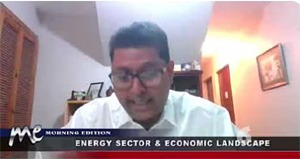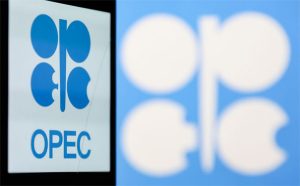Tankers return to ports to finish loading a week after pause, delays. Crude cargoes set sail, destinations include India and China. Cuba has benefited, to receive more cargoes this month

Editing by Simon Webb and David Gregorio, Reuters
CARACAS/HOUSTON
EnergiesNet.con 04 09 2025
Many buyers of Venezuelan oil have resumed loading crude onto tankers after a week-long hiatus at the country’s ports after the U.S. applied tariffs that President Donald Trump imposed on importers of the OPEC nation’s oil, according to shipping data and documents.
In March, the U.S. Treasury Department gave U.S. oil producer Chevron (CVX.N), opens new tab and other foreign partners and customers of PDVSA until May 27 to wind-down operations and cease oil exports from Venezuela. Days later, Washington imposed tariffs on buyers of Venezuela’s oil and gas.
The measures prompted the suspension of some tanker loadings at the country’s main oil port of Jose and created delays at smaller terminals. Trump’s hardening stance discouraged traders and importers from continuing to ship Venezuelan oil.
Following the U.S. measures on oil buyers, many vessels undocked at Jose and moved offshore. Now, many of these have returned to complete their loading. They have begun departing from Venezuelan waters bound for destinations including India and China, according to the data and internal documents from Venezuelan state oil firm PDVSA.
“There was a panic moment when the vessels undocked, but they later received instructions to complete their cargoes,” a PDVSA source said.
As of Wednesday, crude cargoes allocated to Chevron for U.S. delivery, Reliance Industries (RELI.NS), opens new tab for India delivery and several intermediaries for China delivery were setting sail in a signal that Venezuela’s oil exports will not collapse in the short term.
PDVSA, Chevron and Reliance did not immediately reply to requests for comment. The government of President Nicolas Maduro has blasted U.S. sanctions on Venezuela as an “economic war.”
On its side, PDVSA is reorganizing output and crude upgrading to refine more oil domestically in the second half of the year. This could blunt the impact of lower crude exports.
In China, the main importers of Venezuela’s heavy crude grades are independent refiners known as teapots that buy through intermediaries. As the tariffs loomed last month, some refiners delayed or suspended imports from the South American country, opting for Brazilian and West African crudes instead.
Chinese traders and refiners told Reuters last month they would wait to see how the tariff order was implemented and whether Beijing would direct them to stop buying.
Some independent refiners temporarily paused purchases from Venezuela as they sought information on whether supply would remain available and at what price.
China is Venezuela’s largest oil buyer, directly and indirectly taking in some 480,000 barrels per day (bpd) of crude and fuel this year. The U.S. is the No. 2 destination with 250,000 bpd, India is third with 63,000 bpd and Europe fourth with 44,000 bpd.
In the long run, analysts forecast oil output will decline between 150,000 and 350,000 bpd by year end if the wind-down period granted to buyers is not extended or secondary tariffs lifted. Venezuela produced 921,000 bpd of crude last year, according to figures reported to OPEC.
Some joint venture partners of PDVSA, including Europeans Eni (ENI.MI), opens new tab and Repsol (REP.MC), opens new tab, have said they are in talks with Washington seeking exemptions to the U.S. sanctions on the country that would allow them to keep producing oil and gas in Venezuela even if barrels are not exported.
The loading hiccups are temporarily benefiting Venezuela’s political ally Cuba, with more crude cargos planned for that destination this month, the documents showed.
Editing by Simon Webb and David Gregorio
reuters.com 04 09 2025













